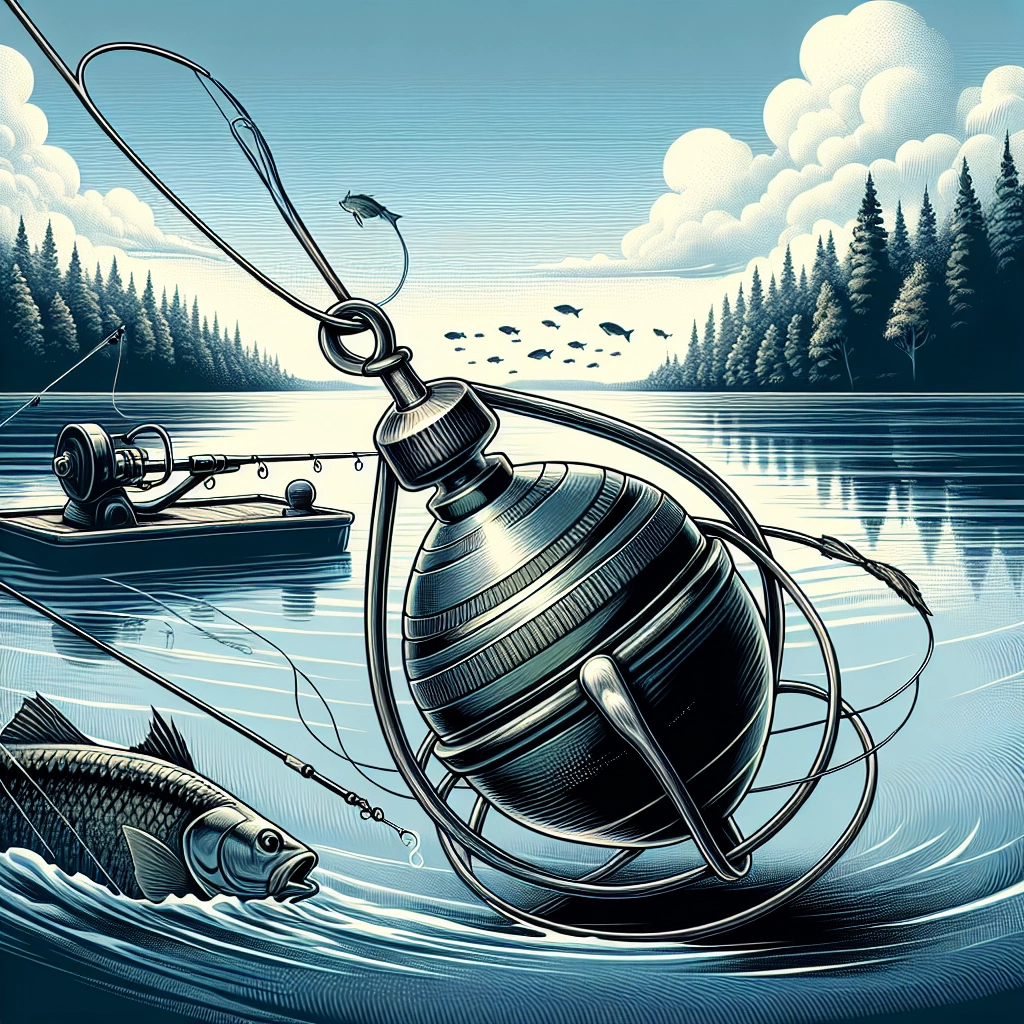
Weighted caster float
JewCraze
says:
I saw in kmart a weighted caster float and I was wondering in what suitation would you use a weighted caster float? I bought one thinking the weight added to the float is calculated such that it would sit upright perfectly at the surface with just a little of the top of the float above the water. In other words I was expecting the weight almost, but not completely cancelled the bouyancy.
I went home to test it in a big cup of water. To my disappointment it is not sitting in the water vertical, but rather only a tiny fraction of the float is submerged and at an angle. I then tried to add weight to it to try and find how much weight I need to add to make it sit in the water with just a little bit showing above the water, and I had to add quite a bit of weight, which means in the real rig I'll need to use sinkers anyway.
So I'm not sure what is the purpose of the weighted caster float. Has anyone used it and can share how / when to use it?
I went home to test it in a big cup of water. To my disappointment it is not sitting in the water vertical, but rather only a tiny fraction of the float is submerged and at an angle. I then tried to add weight to it to try and find how much weight I need to add to make it sit in the water with just a little bit showing above the water, and I had to add quite a bit of weight, which means in the real rig I'll need to use sinkers anyway.
So I'm not sure what is the purpose of the weighted caster float. Has anyone used it and can share how / when to use it?
Likes: 0
Login to reply
1 year ago
Log in to post a reply.



